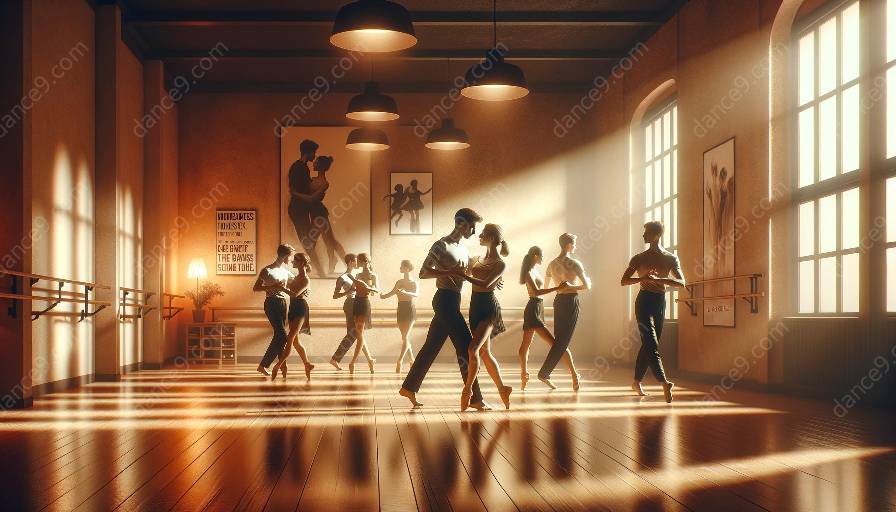Choreography for small groups has been influenced by a variety of historical factors that have shaped the art form over time. From the early developments of dance in ancient civilizations to the modern innovations of contemporary choreographers, the history of choreography for small groups is rich and diverse. By understanding these historical influences, we can gain a deeper appreciation for the evolution and impact of choreography in small group settings.
Ancient and Classical Dance Forms
One of the earliest historical influences on choreography for small groups can be traced back to ancient and classical dance forms. In ancient civilizations such as Egypt, Greece, and India, dance was an integral part of religious rituals, social gatherings, and storytelling. These early dance forms often involved small groups of performers who used rhythmic movements and gestures to convey narratives and emotions. The stylized choreography of these ancient dances laid the foundation for the development of more complex group choreography in later eras.
Renaissance and Baroque Dance
The Renaissance and Baroque periods marked a significant shift in the history of choreography for small groups. During this time, court dances and theatrical performances became popular forms of entertainment. Choreographers such as Catherine de' Medici and Louis XIV played pivotal roles in the development of ballet as a refined art form with intricate group choreography. The formalization of ballet technique and the establishment of ballet as a professional art form led to the creation of elaborate group dances, known for their precision and graceful execution.
Modern and Contemporary Dance Movements
In the modern and contemporary era, choreography for small groups has been influenced by a diverse range of artistic and cultural movements. The advent of modern dance pioneers such as Isadora Duncan and Martha Graham challenged traditional ballet conventions and introduced new forms of group choreography that emphasized individual expression and raw emotional power. As the 20th century progressed, contemporary choreographers like Merce Cunningham and Pina Bausch pushed the boundaries of group choreography by experimenting with unconventional movements and non-narrative structures.
Impact of Technology and Globalization
Advancements in technology and the increasing interconnectedness of the world have also had a profound impact on choreography for small groups. With the rise of digital media and the accessibility of global artistic influences, choreographers have been able to draw inspiration from a wide array of cultural traditions and collaborate with dancers from diverse backgrounds. This has resulted in a fusion of styles and ideas, leading to innovative group choreography that reflects the complexities of our contemporary society.
Future Trends in Choreography for Small Groups
Looking ahead, the future of choreography for small groups is likely to be shaped by ongoing societal changes, technological advancements, and evolving artistic expressions. As choreographers continue to explore new ways of creating and presenting work, we can expect to see further experimentation with interdisciplinary collaboration, interactive technologies, and site-specific performances. These developments will offer exciting possibilities for the evolution of group choreography, ensuring that it remains a dynamic and vital component of the dance world.






































